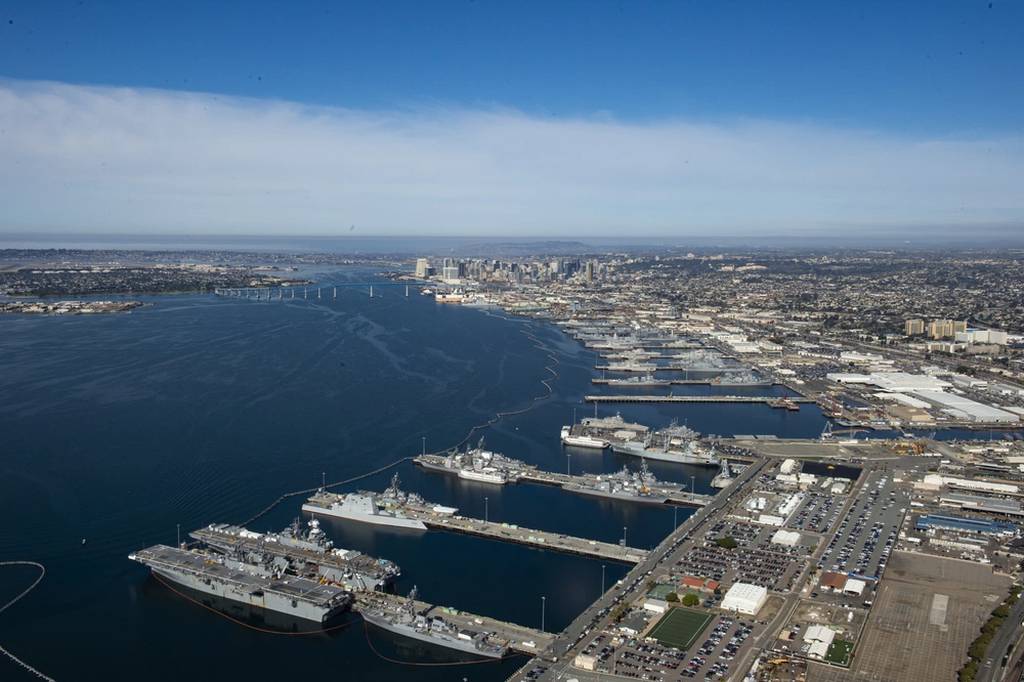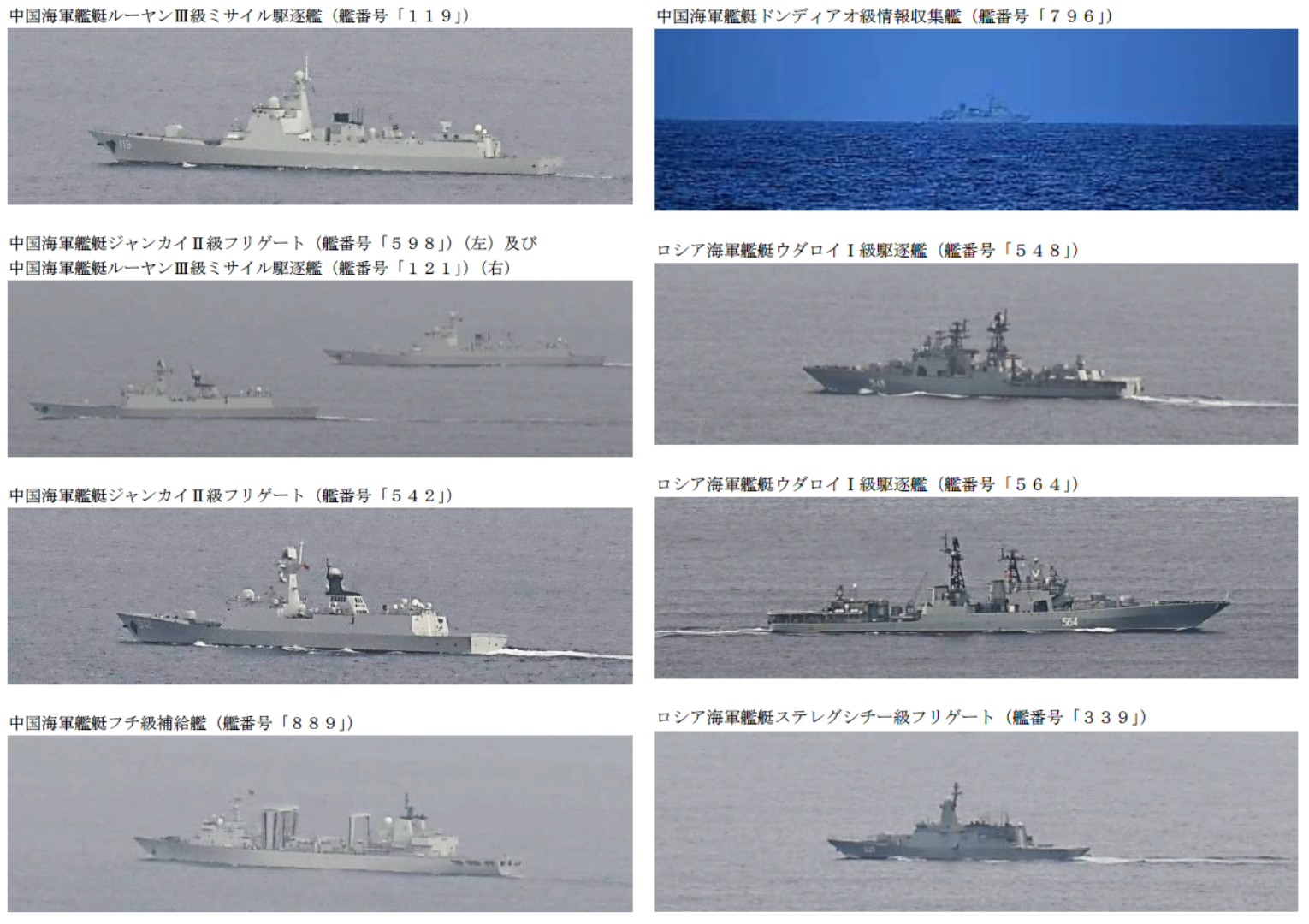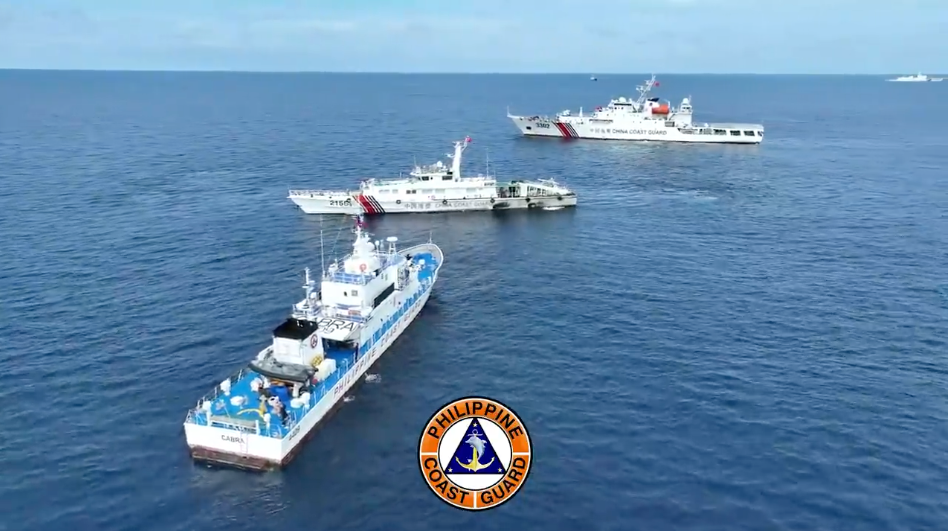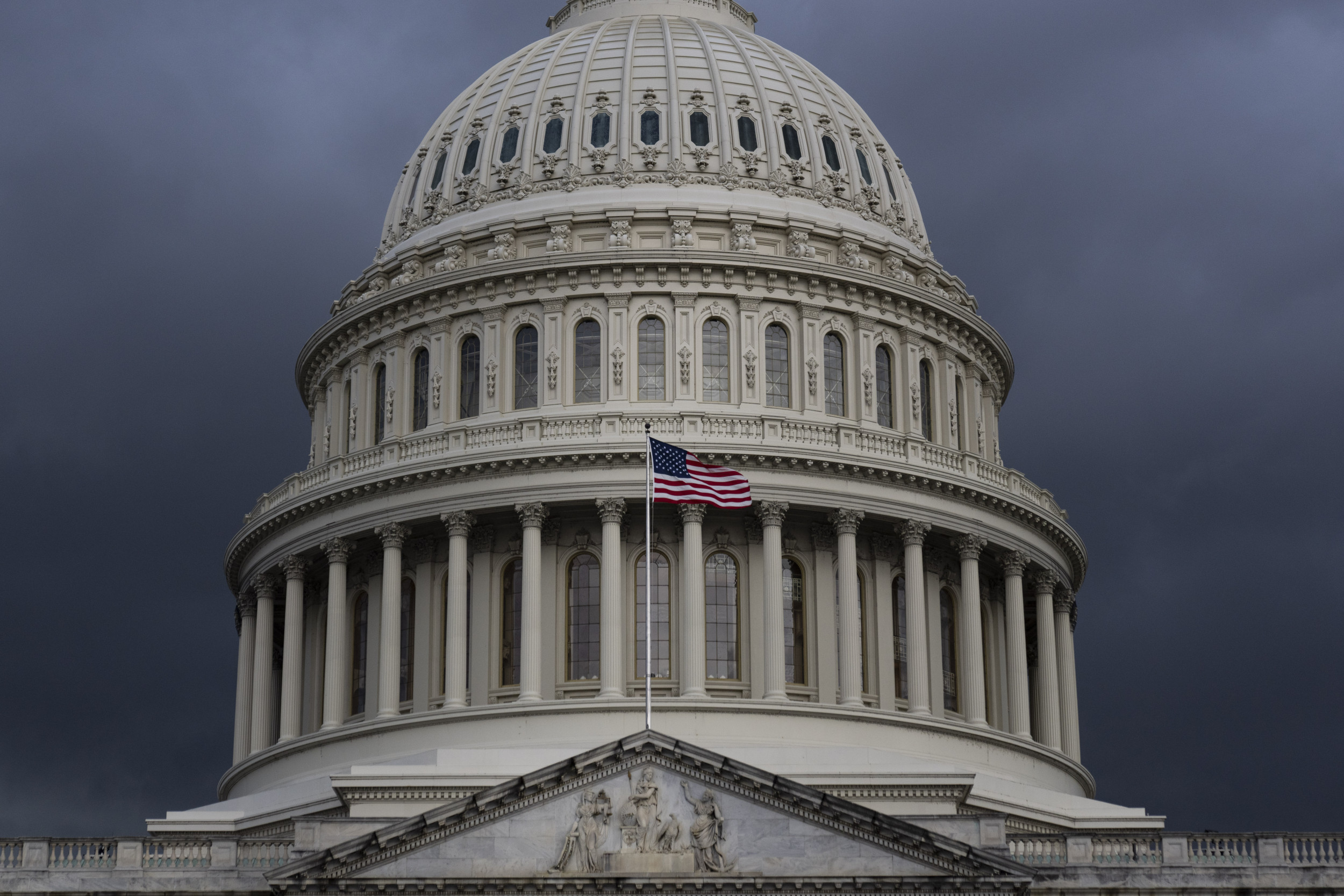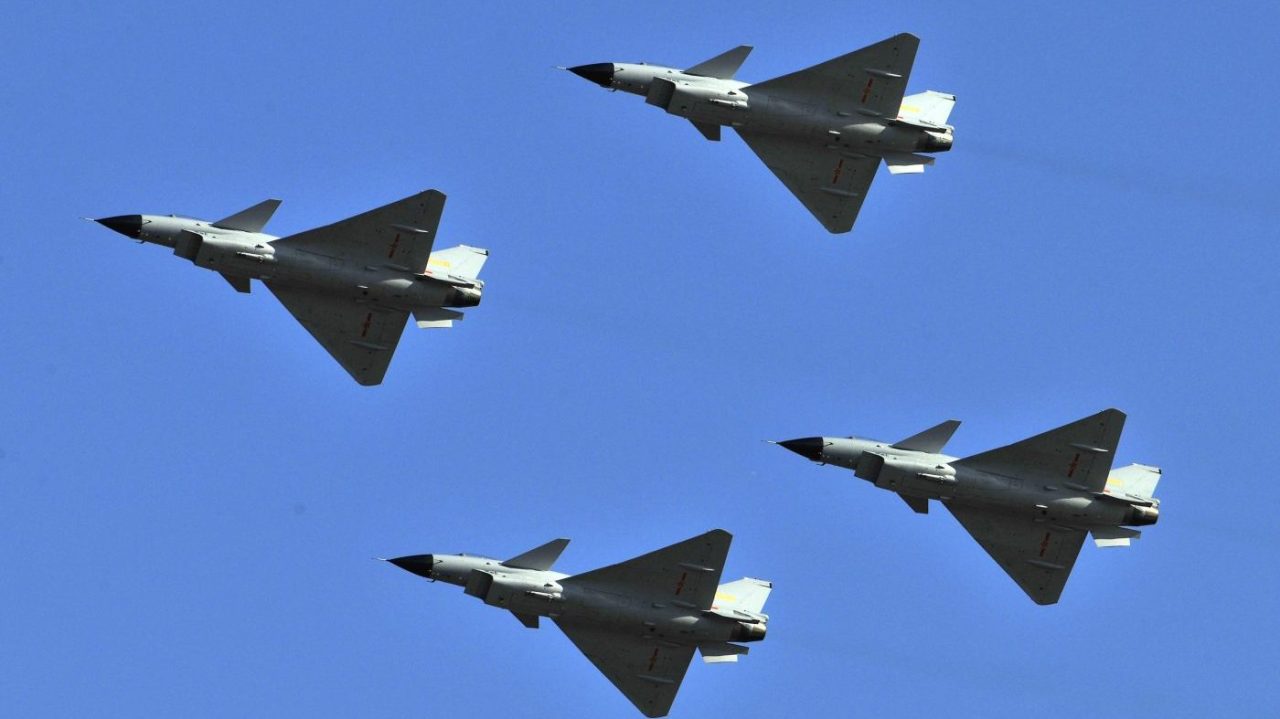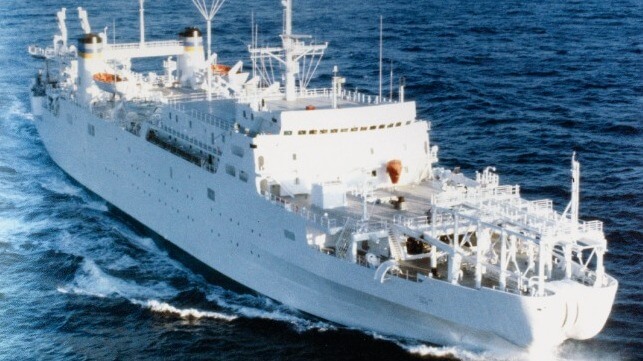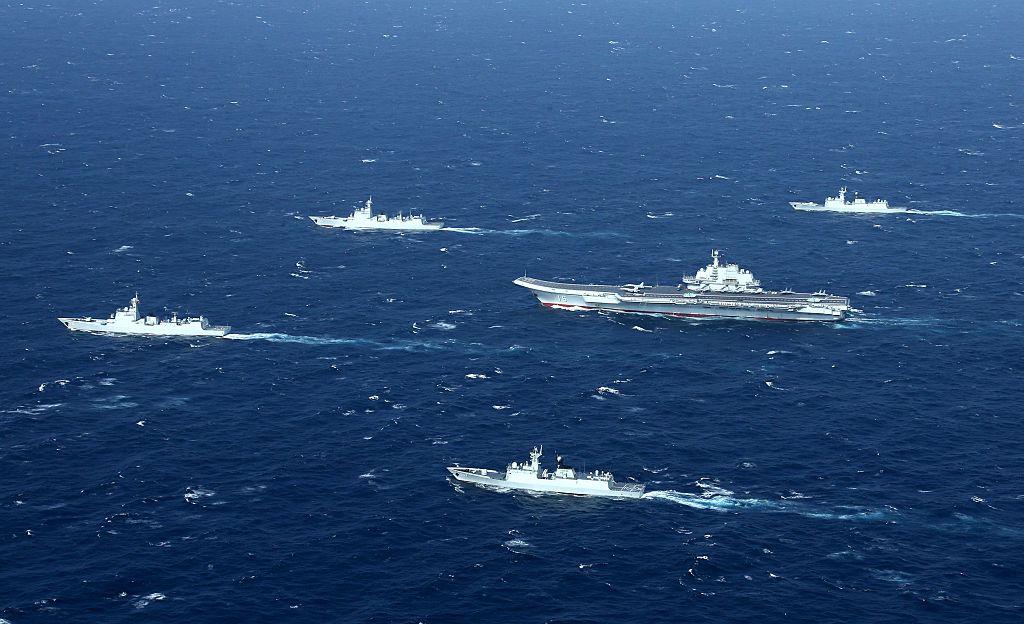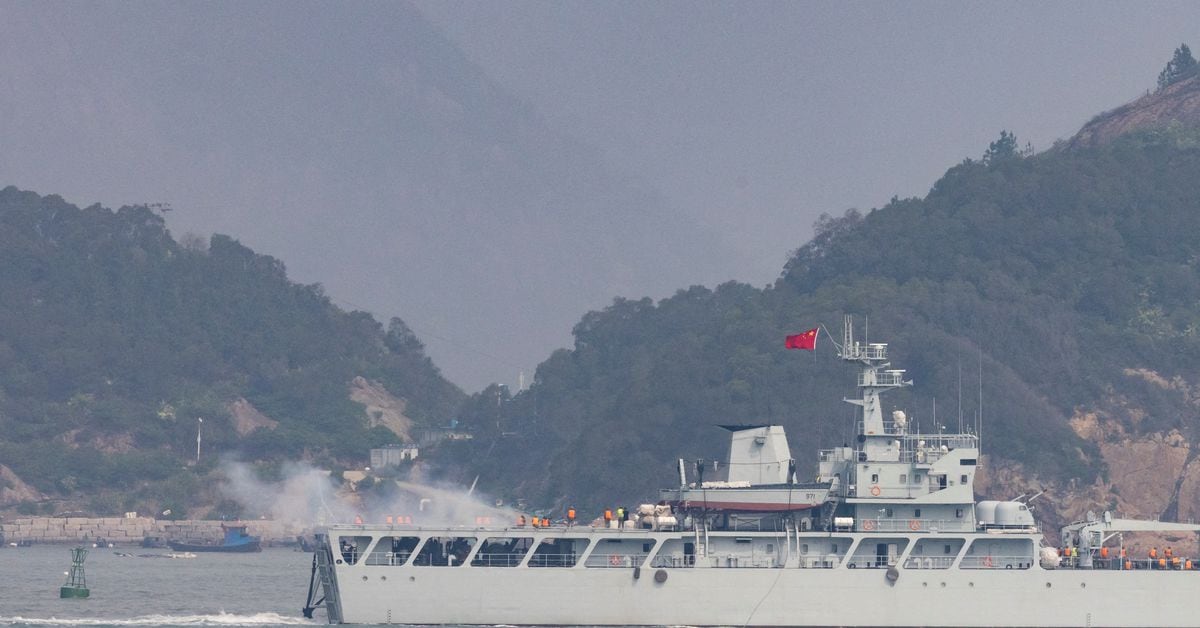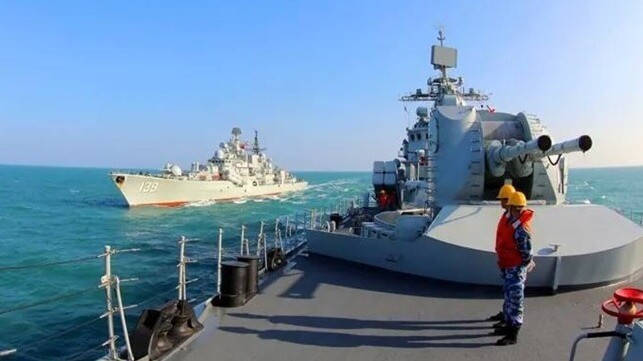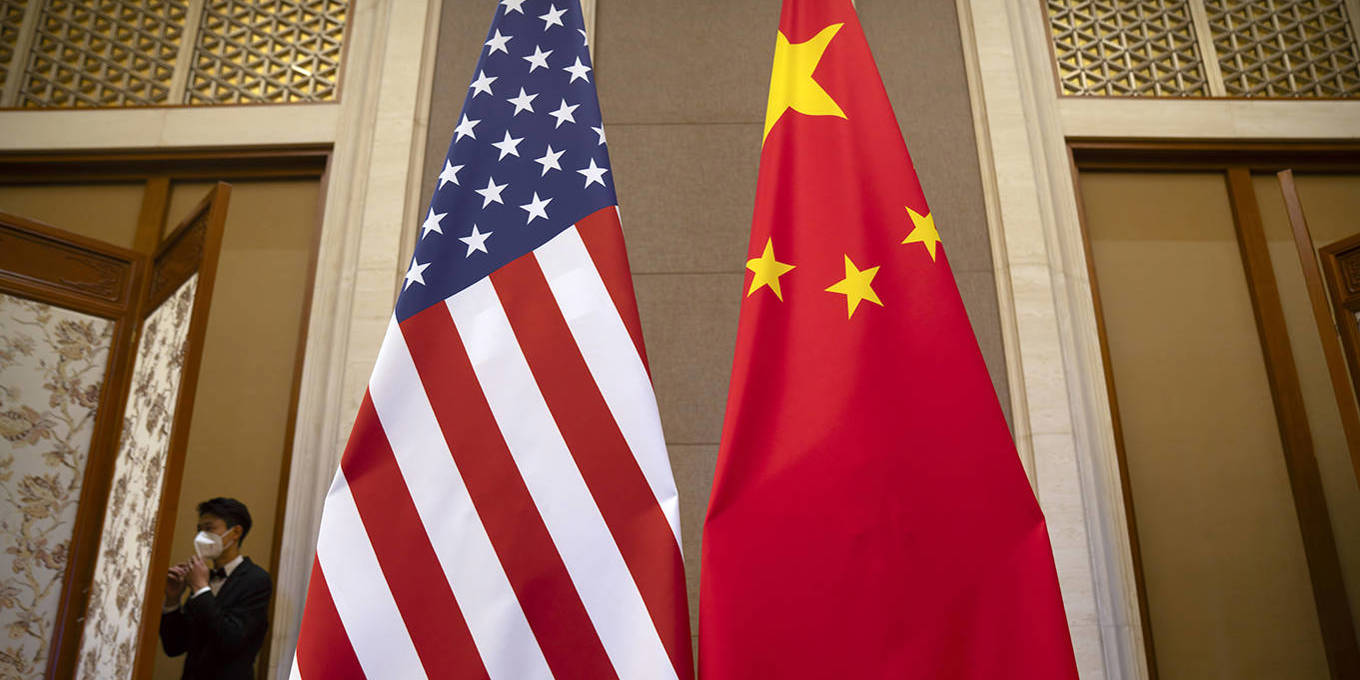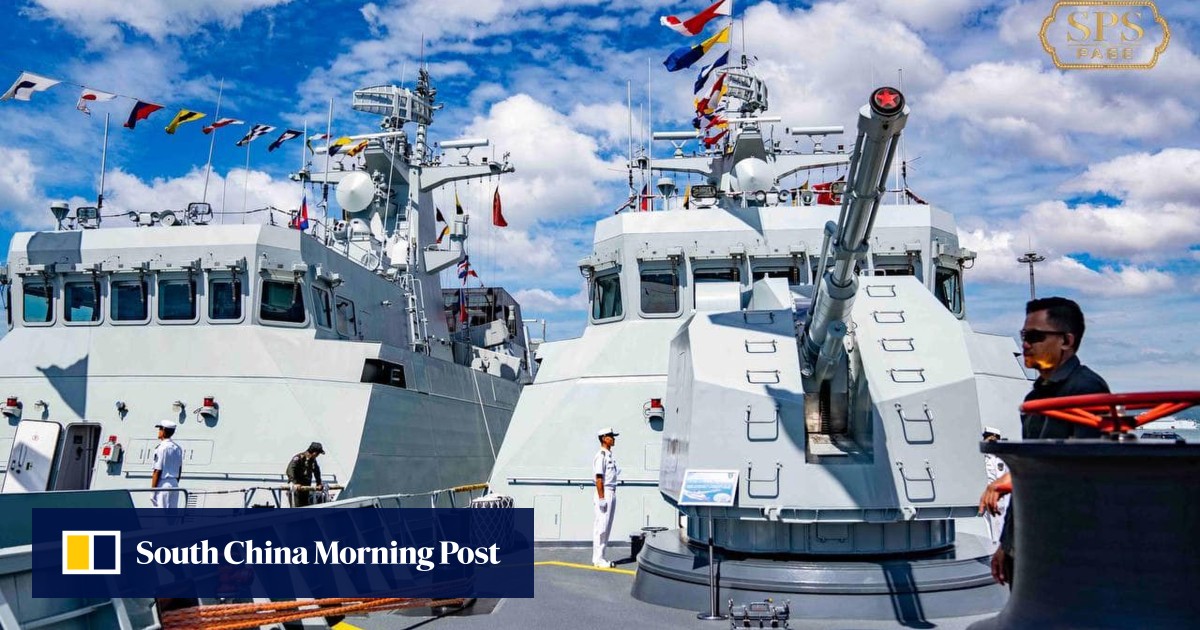- Messages
- 34,437
- Reaction score
- 5,835
- Points
- 288
Do the Chins have any technology they didn't steal?
19:27
CNBC’s Eamon Javers explores how U.S. companies are in the crosshairs of China’s economic espionage efforts, all while trying to do business in one of the world’s biggest markets. In this in-depth report, Javers examines the unprecedented case of Xu Yanjun, a spy from China who was convicted in U.S. federal court of trying to steal GE engine secrets, and what it reveals about China’s plans to take on Boeing, GE Aviation, Honeywell and the rest of America’s aerospace industry. Watch the video to find out how U.S. law enforcement caught a spy from China’s Ministry of State Security.
Chapters: 01:37 — Spotting a target 05:59 — Investigation begins 08:18 — Made in China12:30 — Catching a spy18:38 — Winning the espionage war
How The U.S. Caught A Chinese Spy
Jun 22, 202319:27
CNBC’s Eamon Javers explores how U.S. companies are in the crosshairs of China’s economic espionage efforts, all while trying to do business in one of the world’s biggest markets. In this in-depth report, Javers examines the unprecedented case of Xu Yanjun, a spy from China who was convicted in U.S. federal court of trying to steal GE engine secrets, and what it reveals about China’s plans to take on Boeing, GE Aviation, Honeywell and the rest of America’s aerospace industry. Watch the video to find out how U.S. law enforcement caught a spy from China’s Ministry of State Security.
Chapters: 01:37 — Spotting a target 05:59 — Investigation begins 08:18 — Made in China12:30 — Catching a spy18:38 — Winning the espionage war

